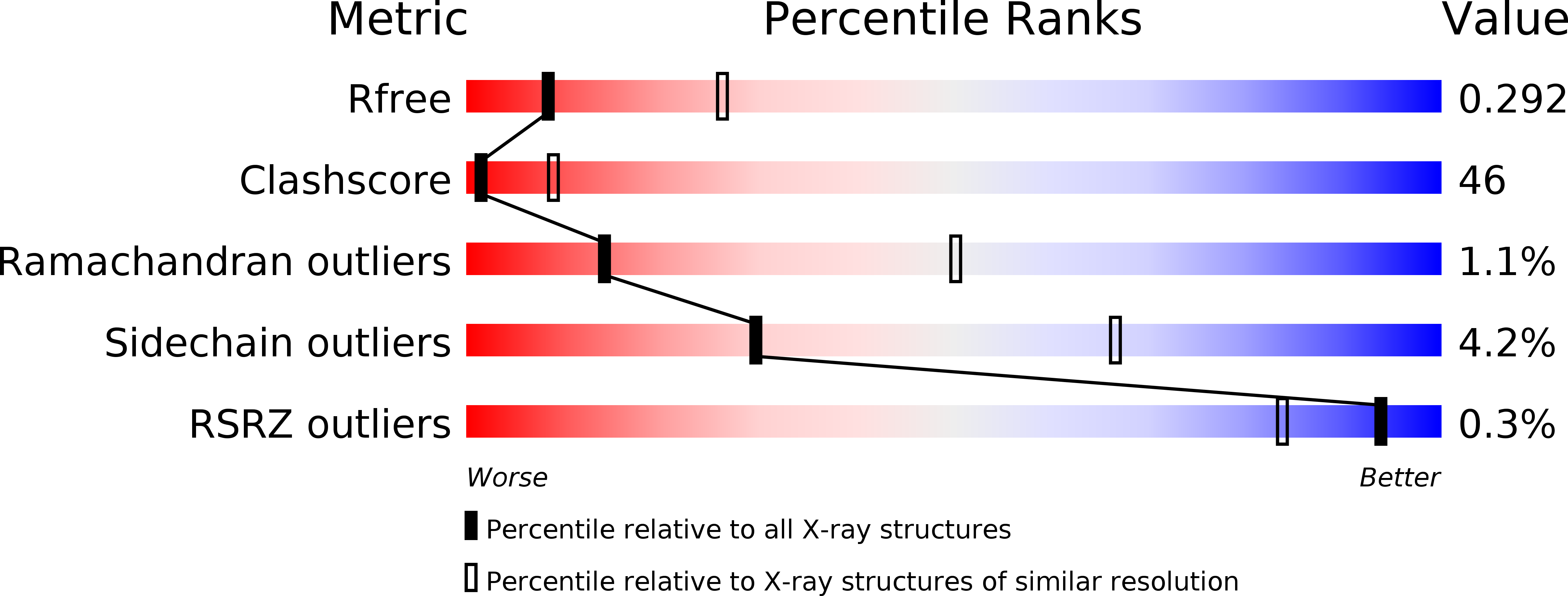
Deposition Date
2011-04-12
Release Date
2012-04-04
Last Version Date
2023-09-13
Entry Detail
PDB ID:
3RI4
Keywords:
Title:
Ets1 cooperative binding to widely separated sites on promoter DNA
Biological Source:
Source Organism:
Homo sapiens (Taxon ID: 9606)
Host Organism:
Method Details:
Experimental Method:
Resolution:
3.00 Å
R-Value Free:
0.28
R-Value Work:
0.23
R-Value Observed:
0.23
Space Group:
P 1 21 1


